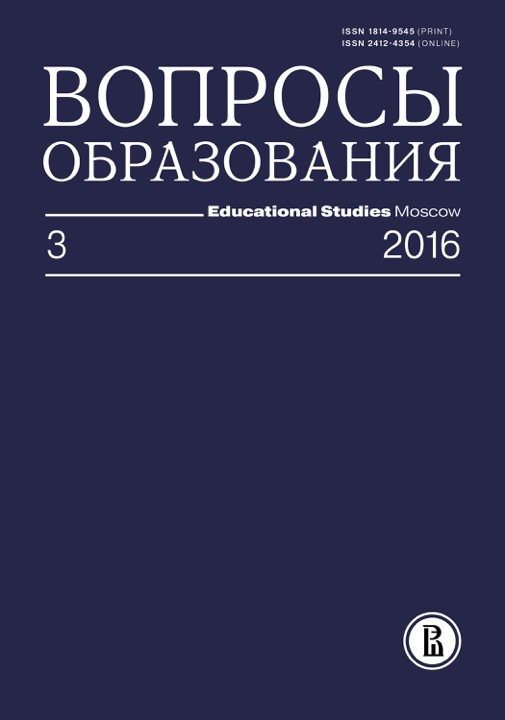Управленческие стратегии директоров эффективных школ
Аннотация
Статья посвящена оценке достижений школ с учетом их контекстных характеристик. Использованы данные Мониторинга экономики образования 2012/2013 г., а именно результаты опроса директоров 979 школ. Для выявления факторов, обусловливающих дифференциацию среднего балла ЕГЭ между школами, проведен множественный линейный регрессионный анализ. Модель контекстуализации образовательных результатов, разработанная на основе регрессионного анализа, позволяет оценить эффективность учебного заведения согласно его индивидуальным характеристикам. Выделив группу школ, которые можно рассматривать как эффективные, т. е. показывающие достижения максимально высокие для условий, в которых находится школа, авторы провели анализ управленческих стратегий их директоров. Показано, что основу управленческой стратегии директоров эффективных школ составляет привлечение человеческих ресурсов — как учителей, так и учеников, и их родителей. Эффективные школы проводят последовательную политику отбора определенного контингента. Эти школы обучают детей из семей с более высоким социально-экономическим статусом, что исходно дает им более сильные стартовые позиции в отношении академических результатов. Эти школы также привлекают родителей, у которых сформирован запрос на образование своих детей и которые мотивируют их к академическим достижениям.








